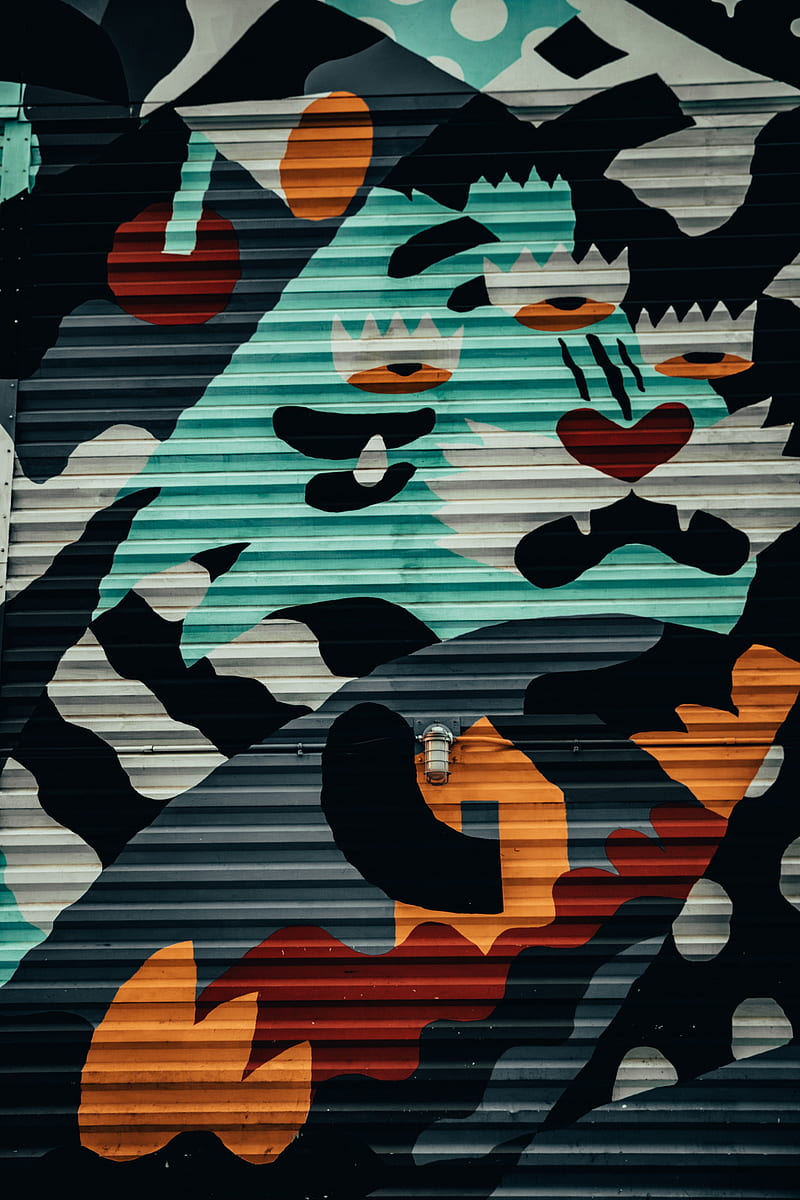Transform Your Space with Street Art Murals
Ever walked down a street and been stopped in your tracks by a stunning mural bursting with color and life? That's the power of street art. It's a dynamic, evolving art form that transforms urban landscapes into open-air galleries. This article dives into the world of street art and wall art, exploring its history, impact, and how you can bring its energy into your own life.
Wall art inspired by street art has become increasingly popular, bringing the raw energy of the streets into homes and businesses. From large-scale murals to smaller framed prints, street art aesthetics offer a unique way to personalize your space. Whether you're a seasoned art collector or just beginning to explore the world of art, street art provides an accessible and engaging entry point.
The roots of street art can be traced back to ancient forms of public expression, from cave paintings to political graffiti. Modern street art, as we know it, emerged in the 20th century, intertwined with social and political movements. Graffiti, murals, and other forms of urban art became powerful tools for communication, protest, and self-expression, often challenging traditional art institutions.
One of the key characteristics of street art is its accessibility. Unlike traditional art forms often confined to galleries and museums, street art exists in the public realm, available for everyone to experience. This public nature makes it a truly democratic art form, fostering dialogue and sparking conversations within communities.
From its humble beginnings as rebellious graffiti to its current status as a celebrated art form, street art has undergone a significant transformation. Today, street artists are commissioned for large-scale projects, their works featured in galleries and museums worldwide. This growing recognition highlights the artistic merit and cultural impact of street art, solidifying its place in the art world.
Street art encompasses a wide range of styles and techniques, including graffiti, murals, stencils, wheatpasting, and sticker art. Murals, often large-scale paintings on walls, are a prominent form of street art, transforming blank canvases into vibrant expressions of creativity.
Three key benefits of integrating street art into your environment are its ability to personalize a space, spark conversation, and inspire creativity. A vibrant mural can inject personality into a room, reflecting your individual style and interests. Its presence can also act as a conversation starter, inviting discussions about art, culture, and social issues. Furthermore, the dynamic nature of street art can inspire your own creativity, encouraging you to explore new ideas and perspectives.
Advantages and Disadvantages of Street Art Wall Art
| Advantages | Disadvantages |
|---|---|
| Unique and expressive | Potential for vandalism or unwanted graffiti |
| Enhances public spaces | Can be controversial or offensive to some |
| Reflects community identity | May require permits or permissions |
Best Practices for Implementing Street Art Wall Art:
1. Research local regulations: Check for permits and permissions required for creating murals or other public art.
2. Collaborate with the community: Engage with local residents and businesses to ensure your artwork resonates with the community.
3. Choose appropriate locations: Consider the context and surroundings when selecting a location for your street art.
4. Use high-quality materials: Invest in durable paints and supplies to ensure the longevity of your artwork.
5. Document your work: Take photos and videos of your street art to share with others and preserve its legacy.
FAQ:
1. Is street art legal? Legality varies depending on location and context. Always check local regulations.
2. What is the difference between street art and graffiti? While often used interchangeably, graffiti typically refers to lettering and tagging, while street art encompasses a broader range of styles and techniques.
3. How can I get involved in street art? Attend workshops, connect with local artists, and practice your skills.
4. Where can I find street art? Explore urban areas, look for online resources and maps, and visit designated street art districts.
5. How can I support street artists? Attend exhibitions, purchase prints or merchandise, and share their work online.
6. Can I create street art on private property? Only with the owner's permission.
7. What are some famous street artists? Banksy, Shepard Fairey, Invader, and JR are just a few examples.
8. How do I protect my street art from vandalism? Applying a protective sealant can help deter vandalism and weathering.
Street art and wall art derived from it provide a powerful means of expression, transforming urban landscapes and personal spaces alike. From its rebellious roots in graffiti to its current status as a celebrated art form, street art continues to evolve, captivating audiences with its dynamism and accessibility. By understanding its history, impact, and the best practices for implementation, we can appreciate and engage with this vibrant art form in meaningful ways. Whether you're admiring a mural on a city street or incorporating street art-inspired elements into your home, embrace the energy and creativity of this dynamic art movement. Consider supporting local artists, exploring urban art scenes, and even trying your hand at creating your own street art-inspired pieces. Let the vibrant world of street art ignite your imagination and transform your surroundings.
Craving a rav4 your sacramento search starts here
Unlocking the secrets of pencil lead hardness and darkness
Unraveling the mystery where does trippy art come from















